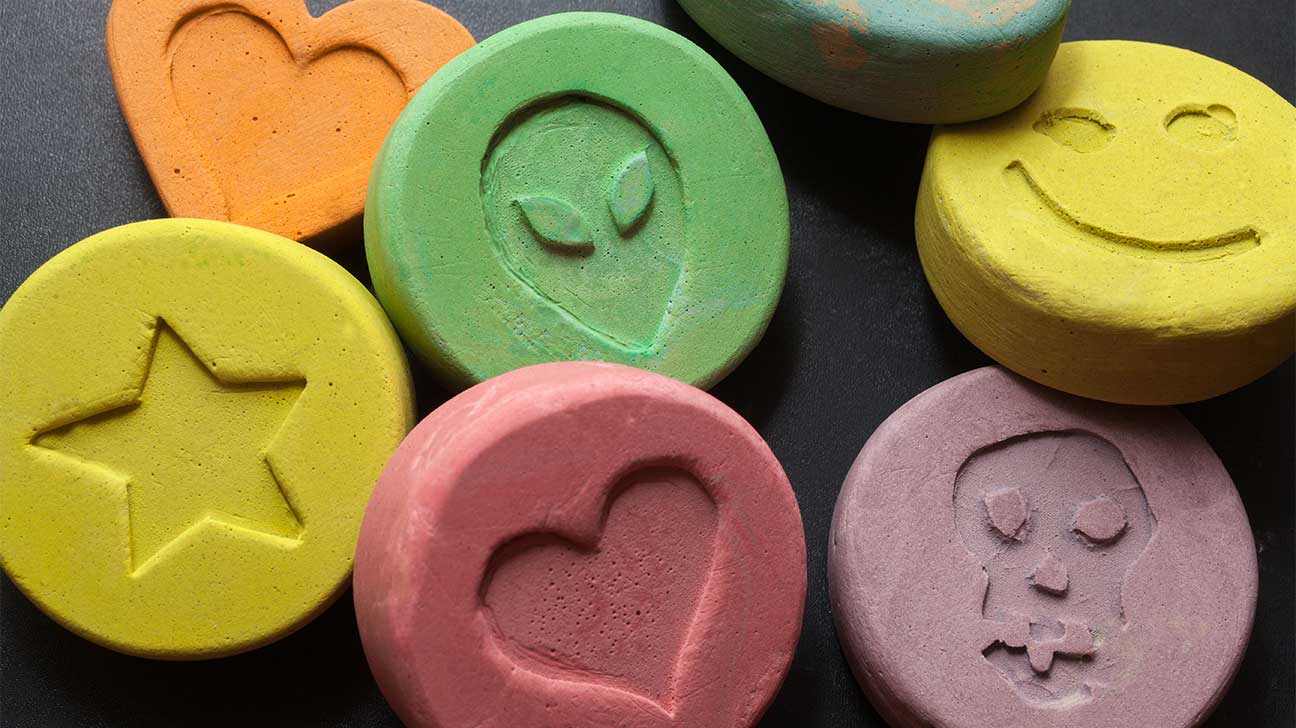
Treatment options for drug dependence include detoxification, individual counselling and group therapy. Having hallucinations when not under the influence of any hallucinogenic drugs can be very frightening. They briefly relive the hallucinations of a previous trip so powerfully that it seems as if they have been transported back in time and space, or they may experience distortions of their present reality. Some people may experience ‘flashbacks’, which can happen days, weeks, months or even years after taking the drug. If a person stops taking the drug, they may experience withdrawal symptoms.ĭamage from long-term use of hallucinogens Research indicates that people can become physically dependent on hallucinogens like PCP or ketamine. Some people develop a psychological dependence and feel that regular drug use is an important part of their lives. This means larger and larger doses need to be taken to achieve the same effect. Like many other drugs, it is possible to build up a tolerance to hallucinogens. If an overdose is suspected, dial triple zero (000) for an ambulance immediately.

In recent years, a wide range of synthetic products, claiming to have similar effects to hallucinogens, have also been available in Australia. Since a person’s sense of distance, time and objective reality are warped when under the influence of hallucinogens, serious injury and accidental death are real risks. Some depressant and stimulant drugs also have a hallucinogenic effect in high doses, including cannabis and ecstasy. Traditionally used in parts of South America, Ayahuasca has become popular amongst western travellers. Ayahuasca is a plant based hallucinogenic tea.It is usually swallowed, but can be chewed or smoked. Mescaline from the peyote cactus can be found as a white powder, while dried, ground peyote buttons can be found as capsules.Magic mushrooms can be cooked, boiled into a drink or eaten raw.

It is usually swallowed, snorted or injected. It can be made into tablets or pills, or dissolved in liquid. It is often used illegally as a hallucinogenic drug.

Being under the influence of a hallucinogen is commonly called ‘tripping’.Some hallucinogens are manufactured, like LSD (lysergic acid diethylamide), PCP (phencyclidine, or ‘angel dust’) and ketamine.

Some are quick acting, others take longer to take effect. Also known as ‘psychedelic drugs’, hallucinogens make a person see, feel and hear things that aren’t real, or distort their interpretation of what’s going on around them. Hallucinogens are a type of drug that changes a person’s perception of reality.


 0 kommentar(er)
0 kommentar(er)
